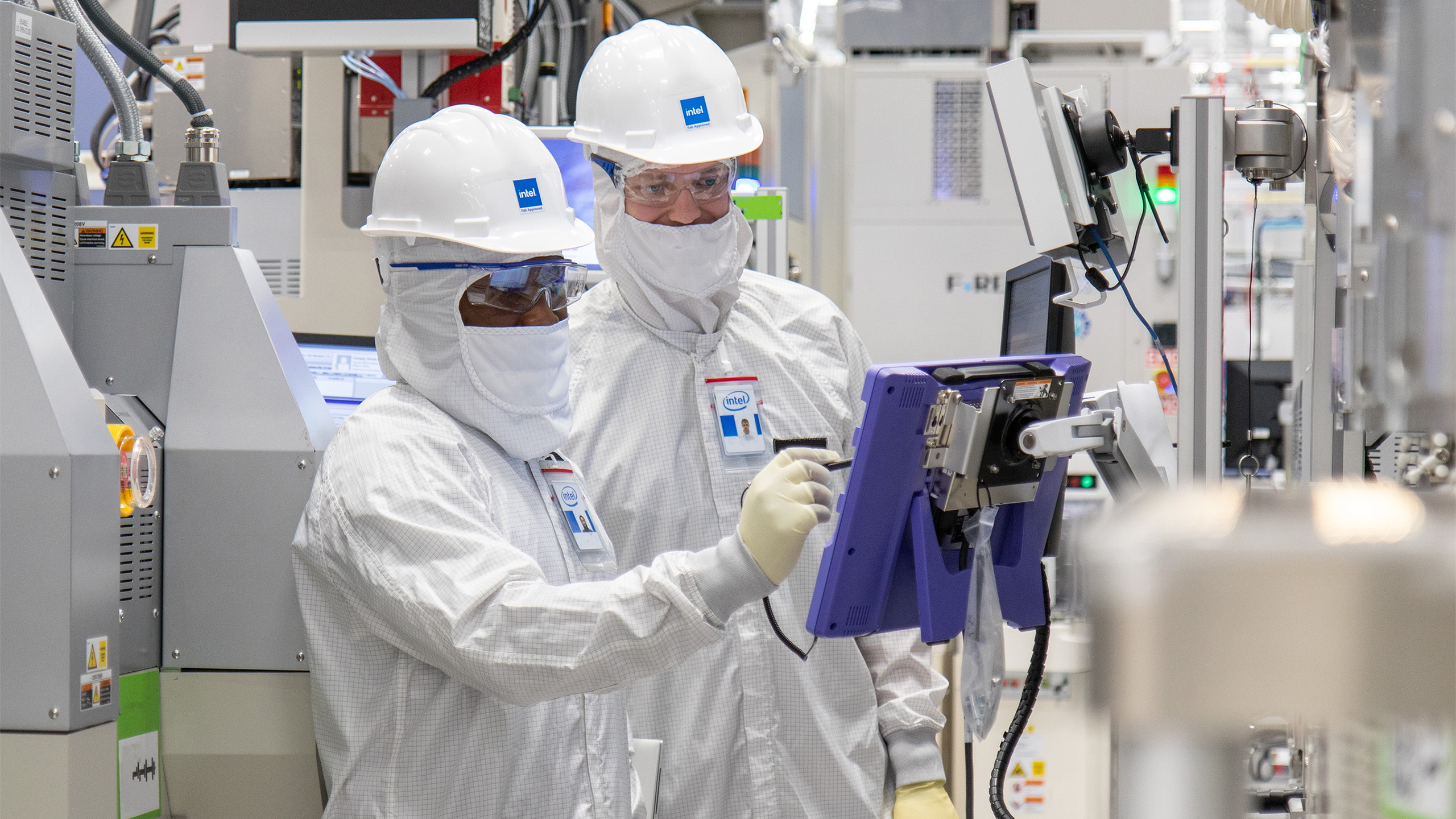
Now that Intel has signed a contract to get $7.865 billion in grants under the CHIPS and Science Act from the U.S. government, it cannot sell its Intel Foundry manufacturing unit and must maintain a controlling stake even in case it spins it off and makes it a public company under the terms of the agreement. Also, the contract restricts any third party from acquiring a substantial stake in Intel, Reuters noted.
Intel must keep at least 50.1% ownership of Intel Foundry if it decides to spin it off into a private company. If Intel Foundry goes public, no third party can own 35% or more unless Intel stays the largest shareholder. Additionally, Intel must retain control of Intel Foundry and all the other entities that receive funding under the agreement. Finally, under the terms of the deal, the agreement limits third parties from acquiring 35% or more of Intel's ownership or voting rights.
While the terms of the agreement between Intel and the U.S. government allow Intel to spin off Intel Foundry into a private company (say, a joint venture with an investor or a group of investors) or a public company, Intel's wafer purchasing agreements with Intel Foundry must remain intact. This condition will ensure that Intel's products will be built by Intel Foundry, which will ensure the financial stability of the chipmaker. Also, all significant changes in Intel Foundry ownership or control must be aligned with the U.S. national objectives, which is not special as all significant transactions between big American companies and foreign investors require approval from the Committee on Foreign Investment in the United States (CFIUS) anyway.
Furthermore, Intel must continue investing in advanced chip manufacturing and semiconductor research within the United States. In particular, the company must spend at least $35 billion on R&D in the U.S. from 2024 through 2028, as well as build, equip, and operate 12 fabs and advanced packaging facilities located in Arizona, New Mexico, Ohio, and Oregon.
Intel provided no public comments on its Securities and Exchange Commission filing. Meanwhile, a representative from the Commerce Department stated that the government is working on control-related conditions with all recipients of direct grants, and the terms were not exclusive to Intel.







